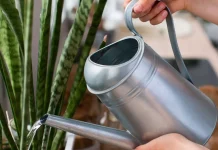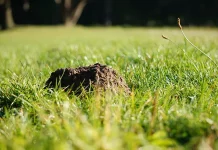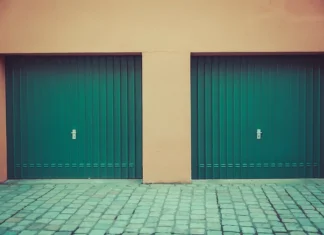Pothos are amongst the best indoor plants. They help calm a person and add to the room’s beauty. They are known by different names, including devil’s ivy and Epipremnum Aureum. Irrespective of what you like to call, they are the easiest plants to grow indoors. Although easy to grow, many people shun them, favoring other popular indoor plants, especially orchids. Well, know that pothos require little to no maintenance at all. Even if you are a newbie who is only starting to try your hand at plants, not much can go wrong with pothos. The only question that will be on your mind is ‘Why are my pothos leaves turning yellow?” Well, do not worry because this blog post is all about answering why pothos leaves turn yellow. All you need to do is pay attention.
Before we answer why pothos leaves are turning yellow, let us focus on something else first.
Tips for Growing the Devil’s Ivy
Firstly, you need to know that pothos are suitable for plantations in a particular area. You might be wondering what that area is, right? The ideal place for growing pothos is near a window that receives sunlight. Wait! It should receive sunlight but indirectly. If you keep the pothos in direct sunlight, it will ruin the whole plant. Secondly, the best temperature for a pothos is between 60-80 degrees F. If the temperature is higher or lower than this, it can spell trouble for your plant. As for the pot, you will need top-quality, well-draining potting soil. That’s it. You can consult your local plant shop regarding which pot is ideal for growing pothos.
How to Care for Pothos?
Pothos do not require a lot of water. If they stay in the water, it will lead to root rot, and you do not want that. Only water the pothos when the soil feels dry. When it comes to fertilizing, the devil’s ivy does not require a lot. All you need to do is apply liquid houseplant fertilizer. How frequently? The answer is 1-3 months. If you plan to use pothos as an indoor plant, it is better to prune the long branches. Indoor plants require cleaning, and for pothos, you may use a damp cloth.
Now, getting back to our topic.
Reasons Why Your Pothos Leave Turning Yellow?
There are several reasons behind it. We will discuss the most common ones along with the solutions. Let’s start.
1. Overwatering
One of the most frequent causes of yellowing leaves in Pothos is overwatering. Overwatered Pothos often have soft, yellow leaves and a damp, heavy soil base. To combat this, ensure your Pothos is planted in well-draining soil, and allow the top inch of soil to dry out between waterings.
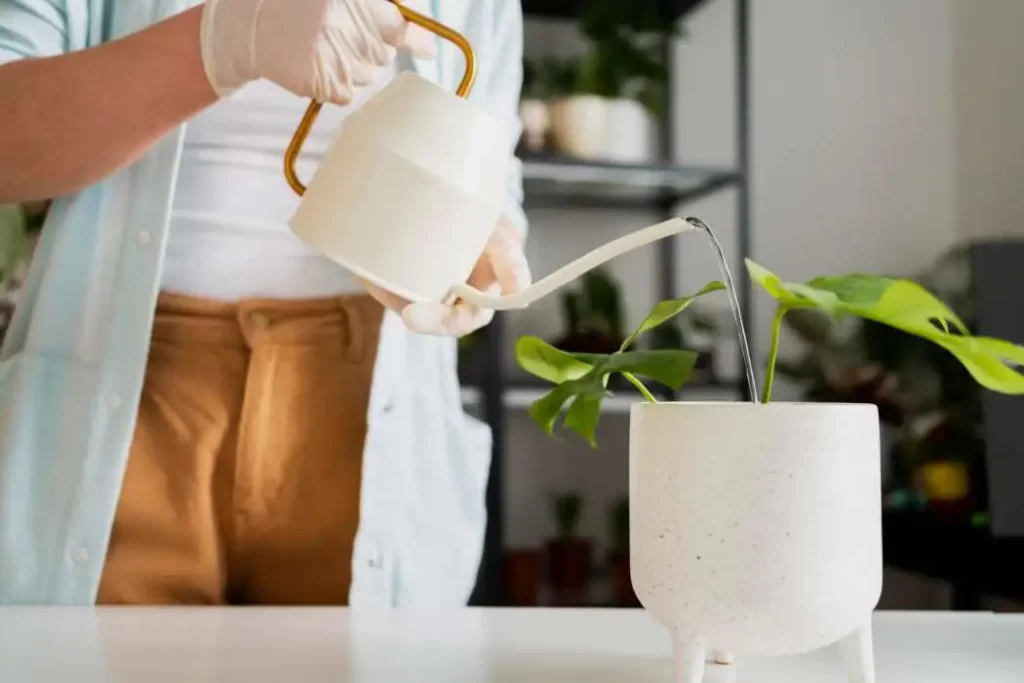
2. Underwatering
Conversely, underwatering can also lead to yellow leaves. If the leaves are yellow and crispy, it’s a sign your Pothos needs more water. Finding the right watering balance is key – typically, watering once a week is sufficient.
3. Pests
It is common for pests to find their way to your pothos. If your pothos is already weakened for whatever reason, it is more likely to end up with a pest infestation. Bugs like spider mites or mealybugs drain the moisture from the pothos. The result? You guessed it! The pothos will start running yellow. There are various ways to get rid of pests from the pothos.
You may opt to spray neem oil onto it. Neem oil acts as a toxic against pests, causing them to stop eating or multiplying. In the end, they just die. If you are having trouble getting your hands on neem oil, you may use diatomaceous earth. In case you are having doubts as to what to use, consult your local plant shop. They will have the right solution at hand.
Pests are not only dangerous for the pothos but for your overall health. Therefore, instead of delaying the solution, we request that you take care of the pests right away. If you fail to take action, you might end up with an infestation.
4. Low Humidity Levels
If the room has a low humidity level, the pothos leaves will start turning brown. Before you know it, they will begin yellowing and eventually falling out. If you are thinking about what you can do to address the humidity problem, you need to spray the leaves with a little water. You can use a spray bottle for it.
5 Moisture
The lack of adequate moisture in the soil is the top cause behind why pothos leaves turn yellow. You might be wondering what you can do about the soil moisture. It is simple as all you need to do is avoid overwatering the plant. You must only water the pothos when it needs it. When the top 25% of the soil is dry, it means that the pothos require watering. In the winter, it is acceptable to water the plants at longer intervals.
Nevertheless, you will still need to spray the leaves with water. How much water should you put into the pothos? There is no concrete answer to it, but you should put enough water so that the excess amount is drained into the saucer underneath the pot. Ensure that the pothos do not sit in standing water. Otherwise, the roots will begin to rot.
6. Improper Light
Another reason why is my golden pothos turning yellow is the improper light. Most indoor plants wither away under direct sunlight, and pothos is no exception. The devil’s ivy must be placed away in a well-lit room but away from direct sunlight. If you put it in direct or very little sunlight, the leaves will start turning yellow. If that happens, there is very little that you can do about it.
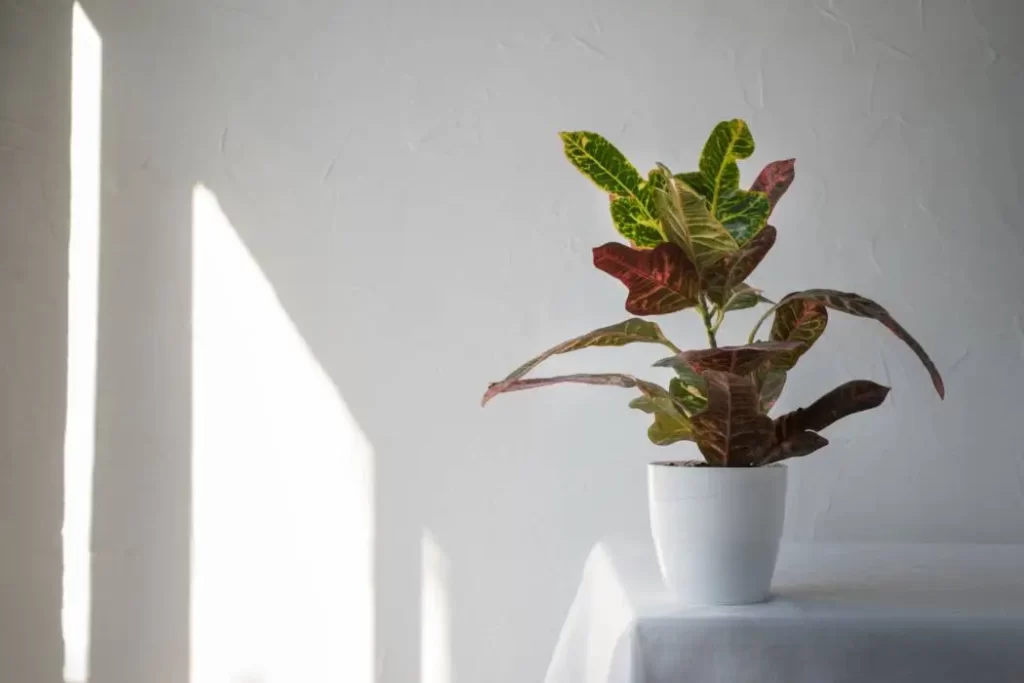
7. Natural Process
Not all of the yellowing is because of pests or other reasons. Some yellowing is a part of the natural process. This yellowing happens when the pothos is growing new leaves. During this stage, older leaves become yellow. Therefore, instead of worrying about why pothos leaves turn yellow, be happy about it.
Wrap Up
Yellow leaves on a Pothos can be a sign of various issues, from watering problems to pest infestations. By understanding these causes and adjusting care routines accordingly, you can ensure your Pothos remains a vibrant, healthy addition to your indoor garden.
We request all our readers to show responsibility when it comes to plants. These plants require regular maintenance, which many people are unable to provide. Resultantly, the plant dies. Therefore, we request that you only opt for plants when you can care for them. Thank You.
You may also like to Read: Why is my Plant Drooping
FAQs
How often should I water my Pothos plant?
Pothos plants typically need to be watered once every week, but this can vary depending on the humidity and light conditions in your home. It’s best to check the top inch of the soil; if it’s dry, it’s time to water your plant.
Can Pothos grow in low light?
Yes, Pothos can grow in low light conditions. They are known for their adaptability and can thrive in areas with less light, although their growth may be slower compared to being in moderate, indirect light.
How do I know if I am overwatering my Pothos?
Signs of overwatering include yellowing leaves, a mushy stem base, and constantly damp soil. If the leaves feel soft and limp, it’s likely a sign of too much water.
What type of soil is best for Pothos plants?
Pothos plants thrive in well-draining, aerated soil. A mixture of potting soil, peat moss, and perlite or sand is ideal for ensuring proper drainage and aeration.
Are Pothos plants toxic to pets?
Yes, Pothos plants are toxic to pets if ingested. They contain calcium oxalate crystals that can cause irritation and vomiting in animals. It’s best to keep these plants out of reach of pets.
How fast do Pothos plants grow?
The growth rate of Pothos depends on care and environment. In ideal conditions, they can grow quite rapidly, potentially adding a foot or more of length to a growing season.
why are my pothos leaves curling?
Curling leaves in Pothos can be a sign of underwatering, low humidity, or exposure to too much direct sunlight. Adjusting the watering schedule or moving the plant to a different location can often resolve this issue.



